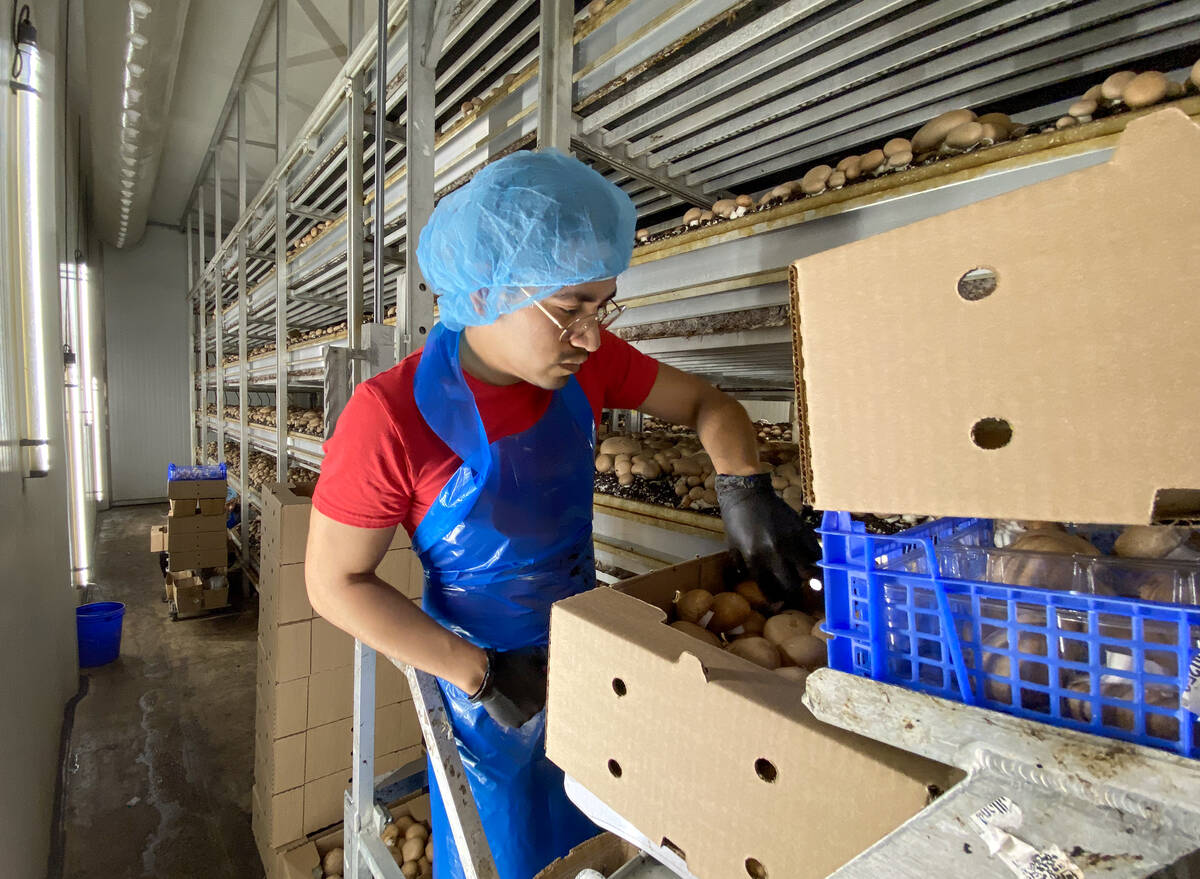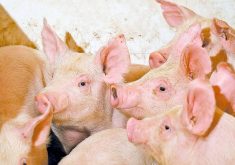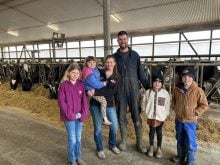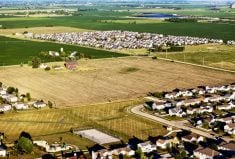Glacier FarmMedia – California’s Proposition 12 has become a fascinating case study of voter-consumer behaviours as data emerges on the effects of its newly imposed animal welfare laws.
More importantly, it’s a case study with ominous overtones for Canadian farmers.
USDA economists recently released analysis tracking the early impacts of a law that sets minimum space standards for pregnant sows producing pork destined for sale in California — including from Canada.
Read Also

Ontario’s other economic engine: agriculture and food
Ontario Federation of Agriculture president, Drew Spoelstra, says Ontario’s agriculture and agri-food sector should be recognized for its stability and economic driving force.
Grocery store prices rose by more than expected as the law transitioned into full effect beginning in July 2023. On average, they are up about 22 per cent. Consumption has fallen, but by less than some anticipated.
The dire impacts predicted for the rest of the pork supply chain have so far been muted.
Proposition 12 states that pork sold in California must come from hogs in production systems that provide pregnant sows a minimum of 24 square feet each. While many Canadian producers have moved to group sow housing consistent with animal care codes of conduct, they may not meet that somewhat arbitrary space allocation.
To become compliant, hog producers must either incur the capital cost of installing more barn space, or reduce the number of sows housed in existing facilities.
So far, it appears the California market isn’t big enough to unduly influence the entire supply chain, yet it is big enough to make it worthwhile for producers inclined to meet the standard. It’s expected that the price differences in California will shrink once more compliant producers come on stream.
There are nuances to how the law is applied. Only fresh, whole pork cuts such as bacon, ribs and loins are covered, whereas processed or mixed products such as sausage are not. So it’s unknown at this stage how much of the market is affected by consumers choosing sausage instead of bacon for breakfast.
California’s share of national consumption has fallen from 10 per cent to eight per cent, which is significant, but not a strong case for arguing that consumers are abandoning pork in droves to protest higher prices.
Industry will be watching closely as this plays out over the coming months and years. For starters, this law isn’t going away anytime soon.
Imagine asking voters to support a “hog production efficiency” proposition. Pity the person who must write that one up for the ballot.
Efforts to convince federal politicians to legislate against it are getting nowhere. U.S. politics at the national level are so polarized that legislators have trouble passing bills to keep the government operating.
The biggest threat to Canadian farmers is that more states are considering similar rules, but not necessarily the same. How do producers make long-term production investments based on short-term politics and highly variable rules?
Producers north of the border have their opinions about this, but they don’t get a vote. And the risk of stating their opinions too loudly is that they become the target.













